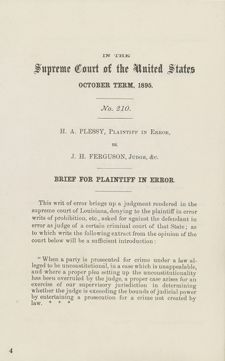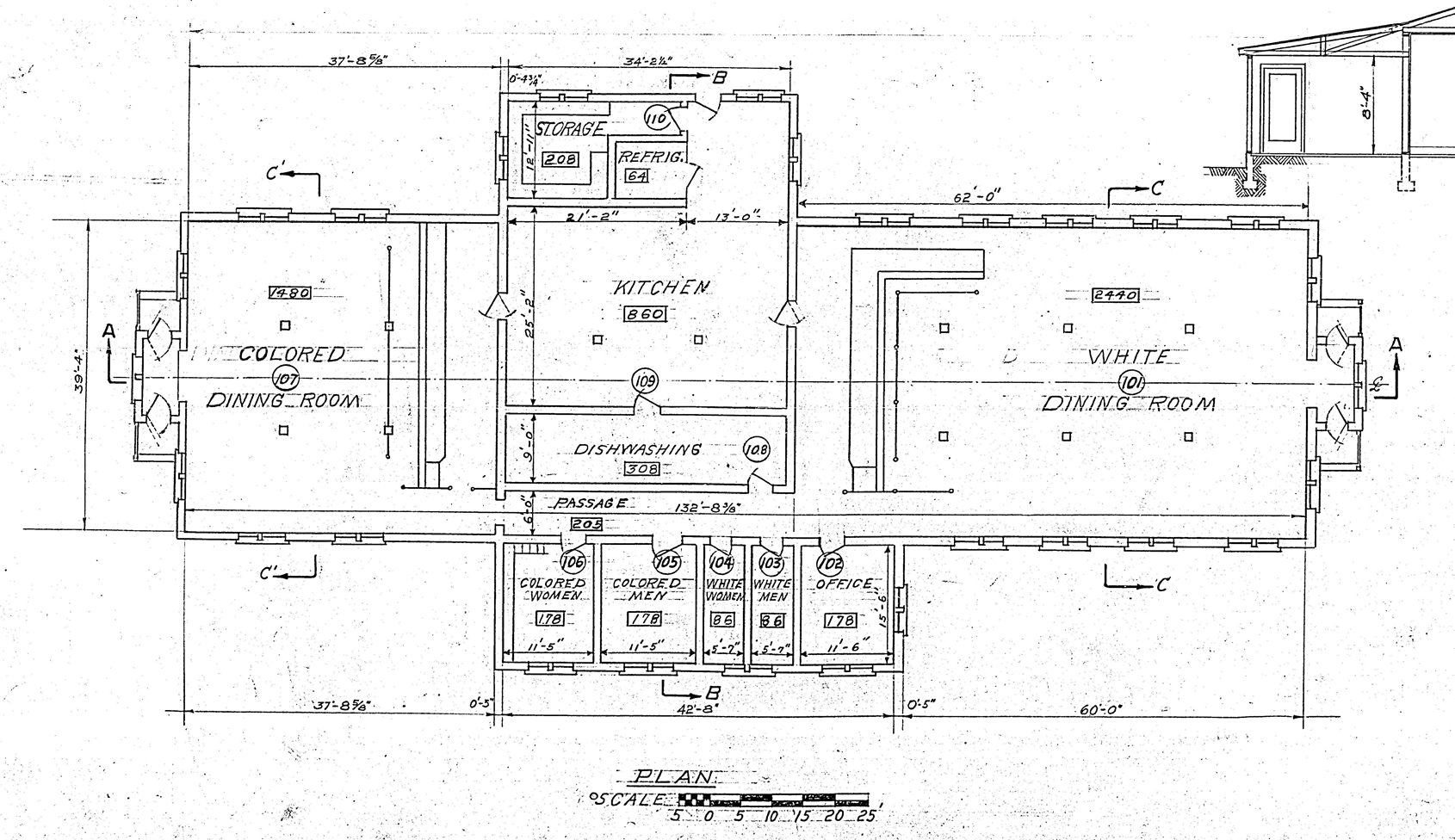This picture barely survived
"And every time we had a chance to get ahead, they move the finish line. Every time."
~ Mary Jackson
Even after segregation ended, problems festered under the surface. Computers were only categorized as “Sub-professionals", with wages over a thousand dollars less than white men with the same qualifications. Their intellect was unknown. To an extent that they were almost lost to history.
We don't know their names
This treatment wasn't uncommon for black women. In the 1940s, only 2% gained a college education. Most became teachers. NASA seemed unreal, where they could make a difference. But discrimination persisted. They endured segregated cafeterias and bathrooms, and never got promoted. Some jobs were seen as too strenuous or too mentally exhausting for a “mere computers.” Justification for racism and sexism.
Letter from NASA official to young girl, credit to Smithsonian Air and Space Museum
Scroll to read
"Even within the meritocracy of the U.S. civil order, [...] some were more equal than others. Even the group's anodyne title was both descriptive and deceptive. Both allowing them to comply with the Equal Work act, and appeasing the State of Virginia's disciminatory Seperate But Equal laws."
~ Margot Lee Shetterly, Hidden Figures.

(Library of Congress and New York: Banks & Brothers Law Publishing.)

NACA's segregated facilities. Courtesy of NASA.
Another problem was institutional racism. The US enacted racist “Separate but Equal” laws from Plessy vs Ferguson in 1894 to Brown vs Board of Education in 1954, which ruled segregation as immoral. Even afterward, Virginia still had discriminatory laws. Though NASA legally couldn’t desegregate until 1958, that didn't reduce the barrier. Yes, NASA broke barriers by employing African-American women at all. But the fact that those barriers existed in the first place shows how flawed society was, and to an extent still is.